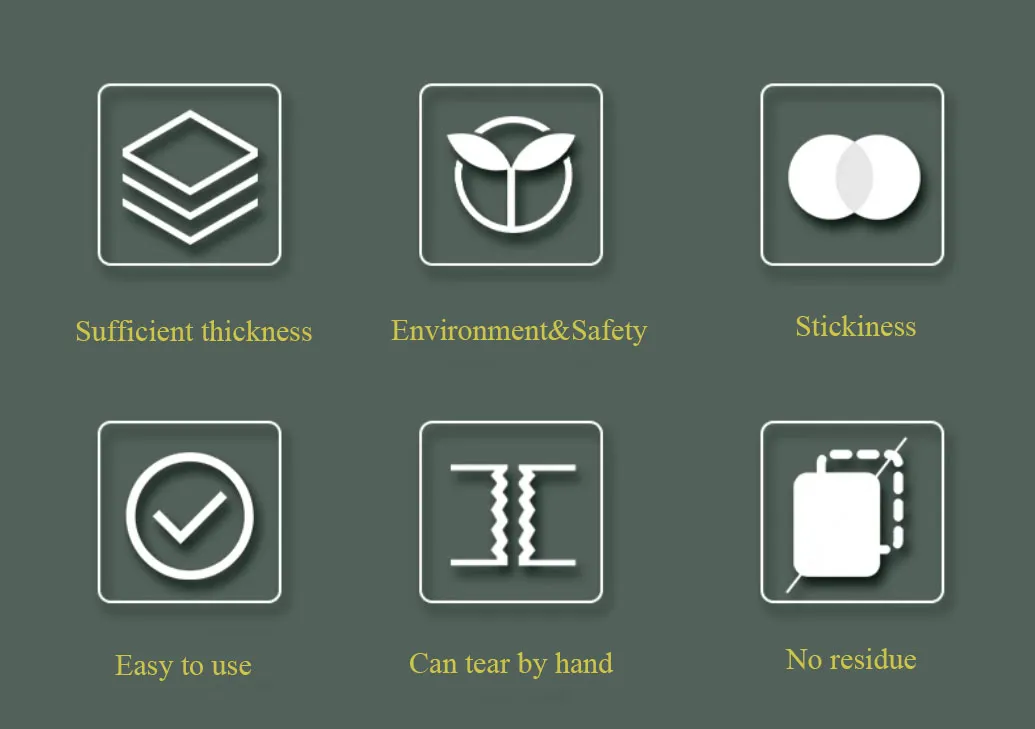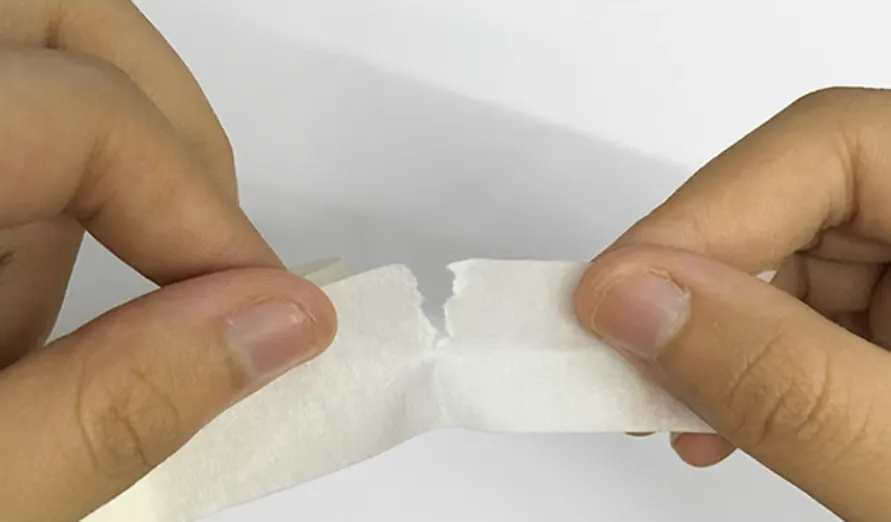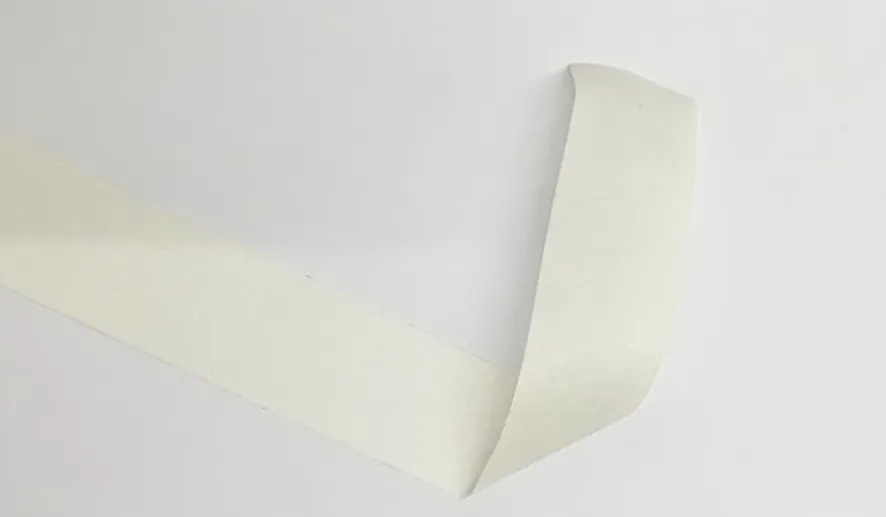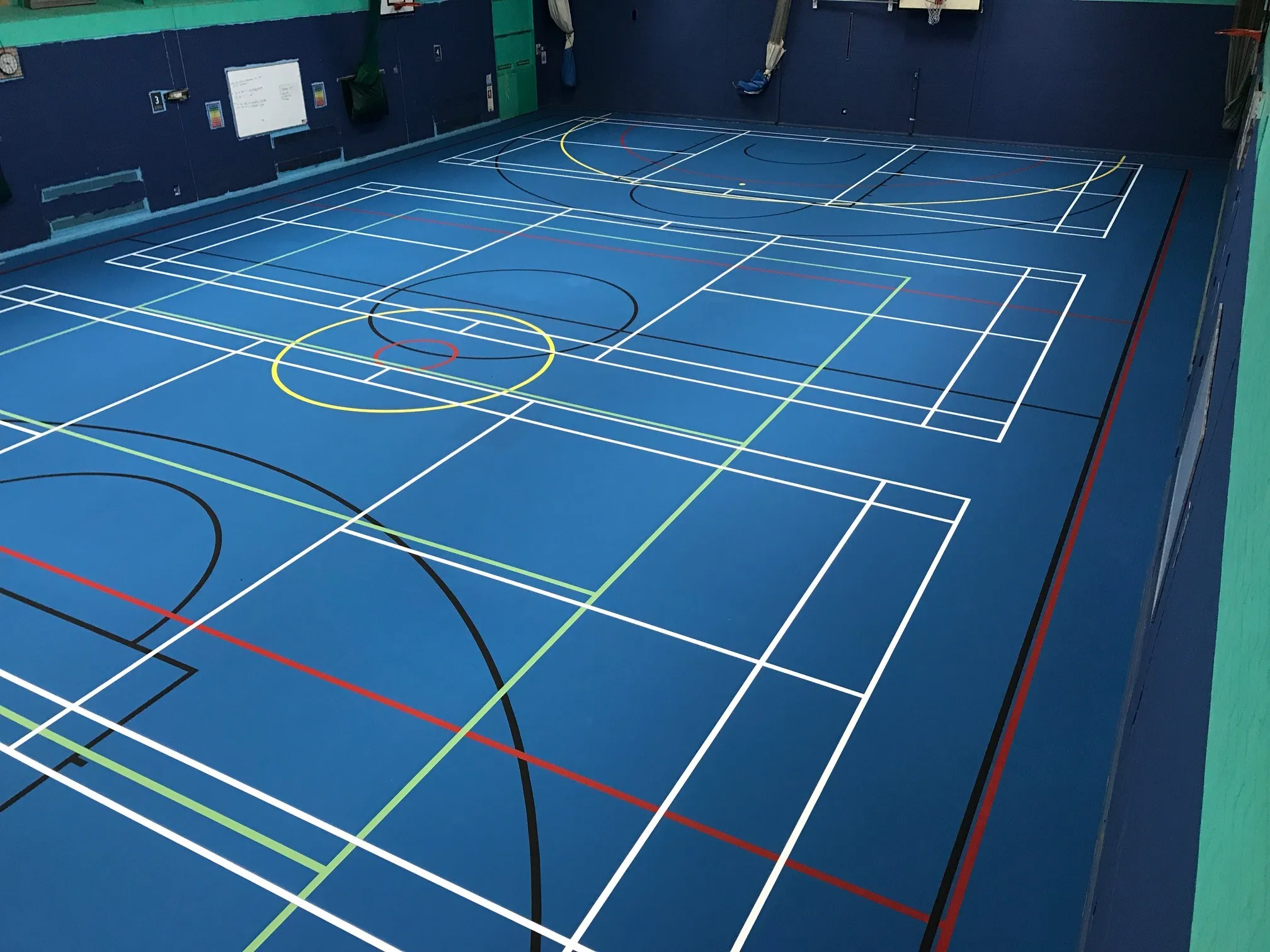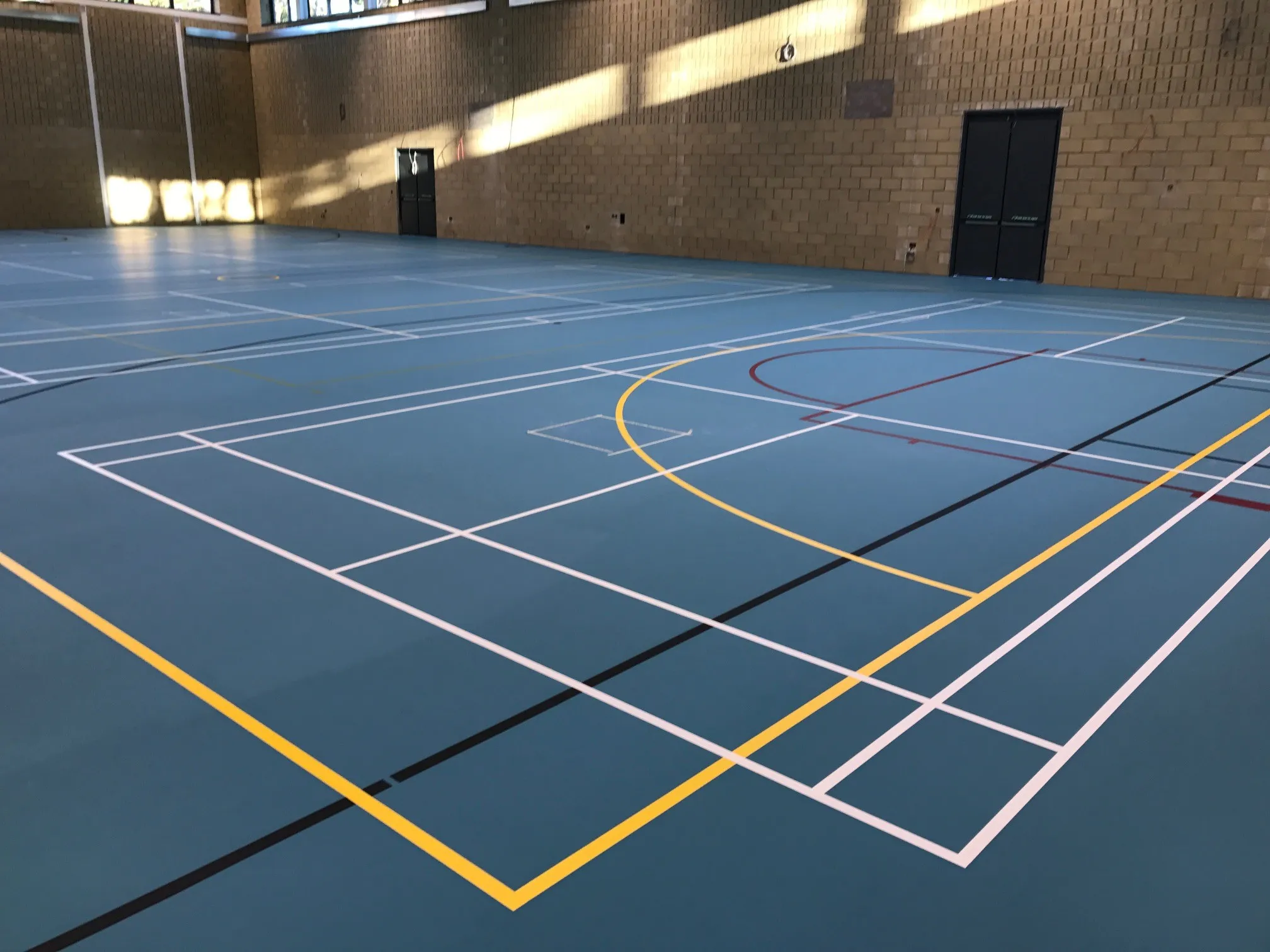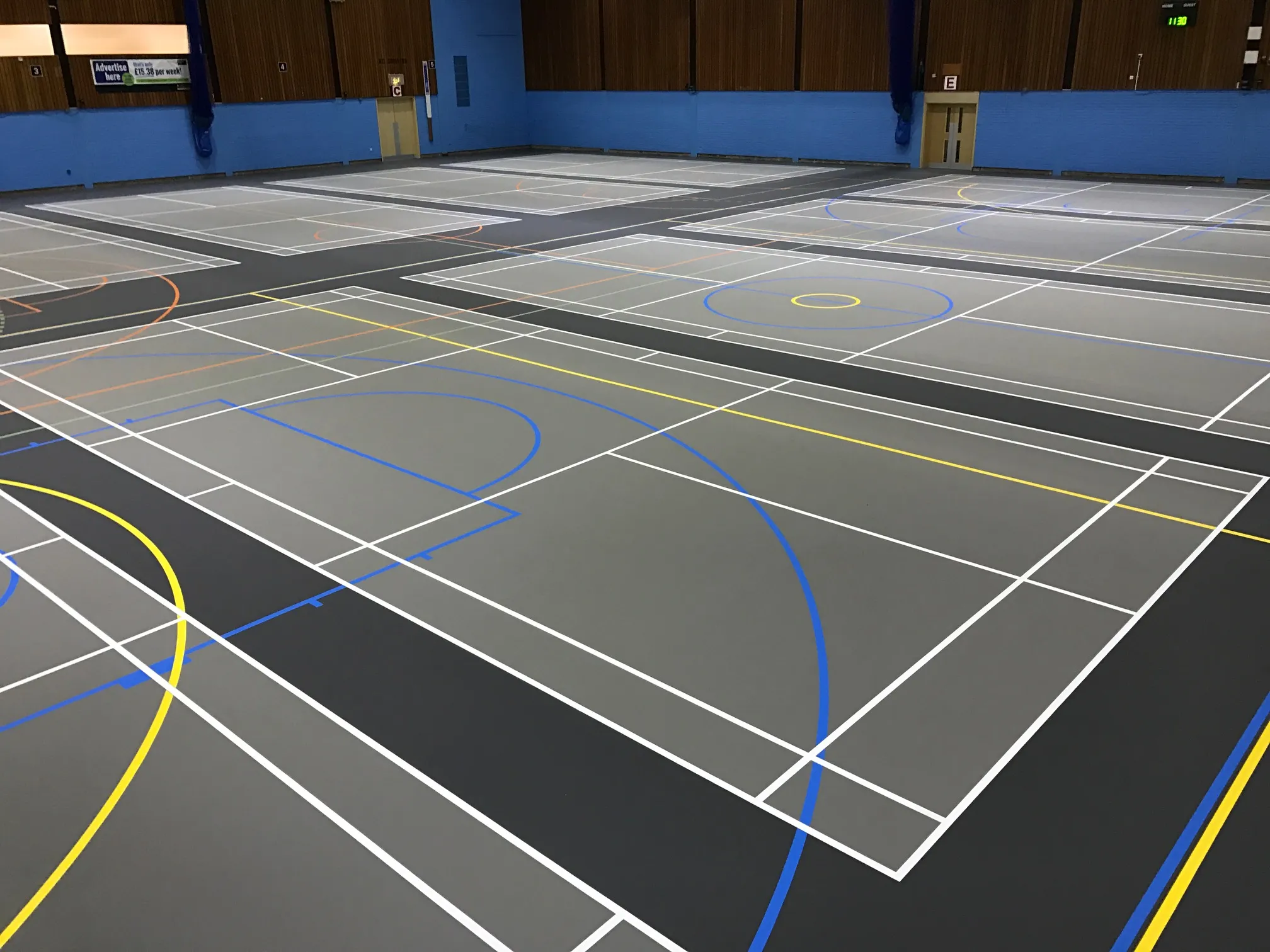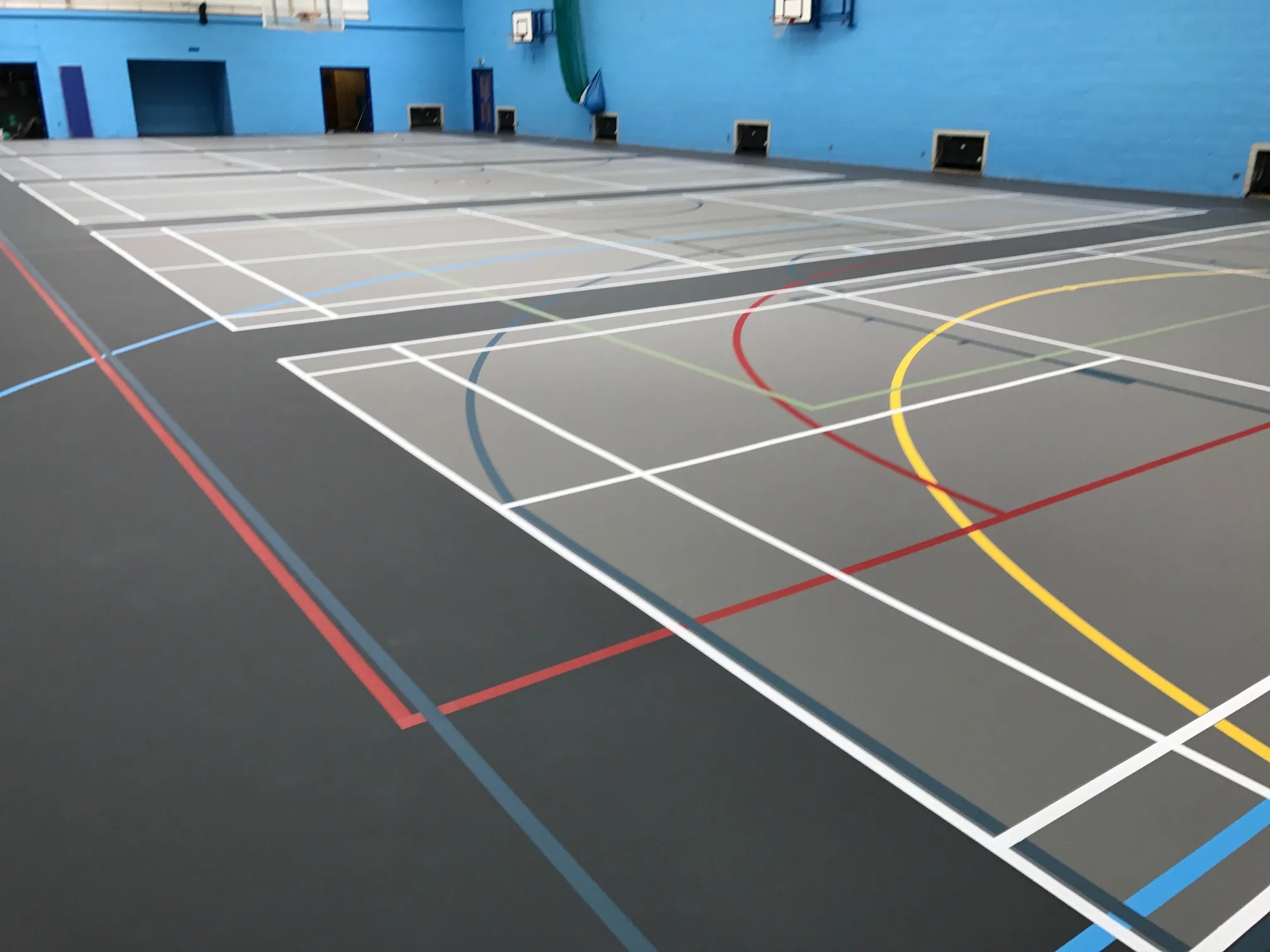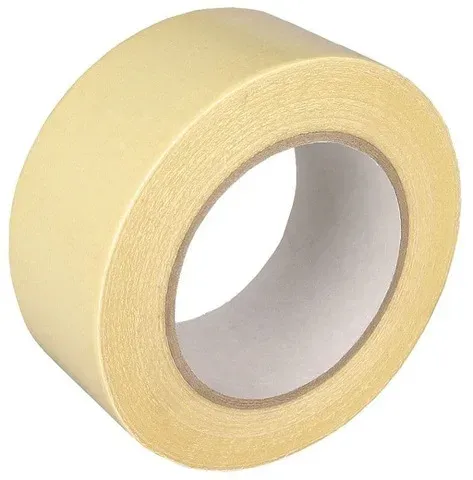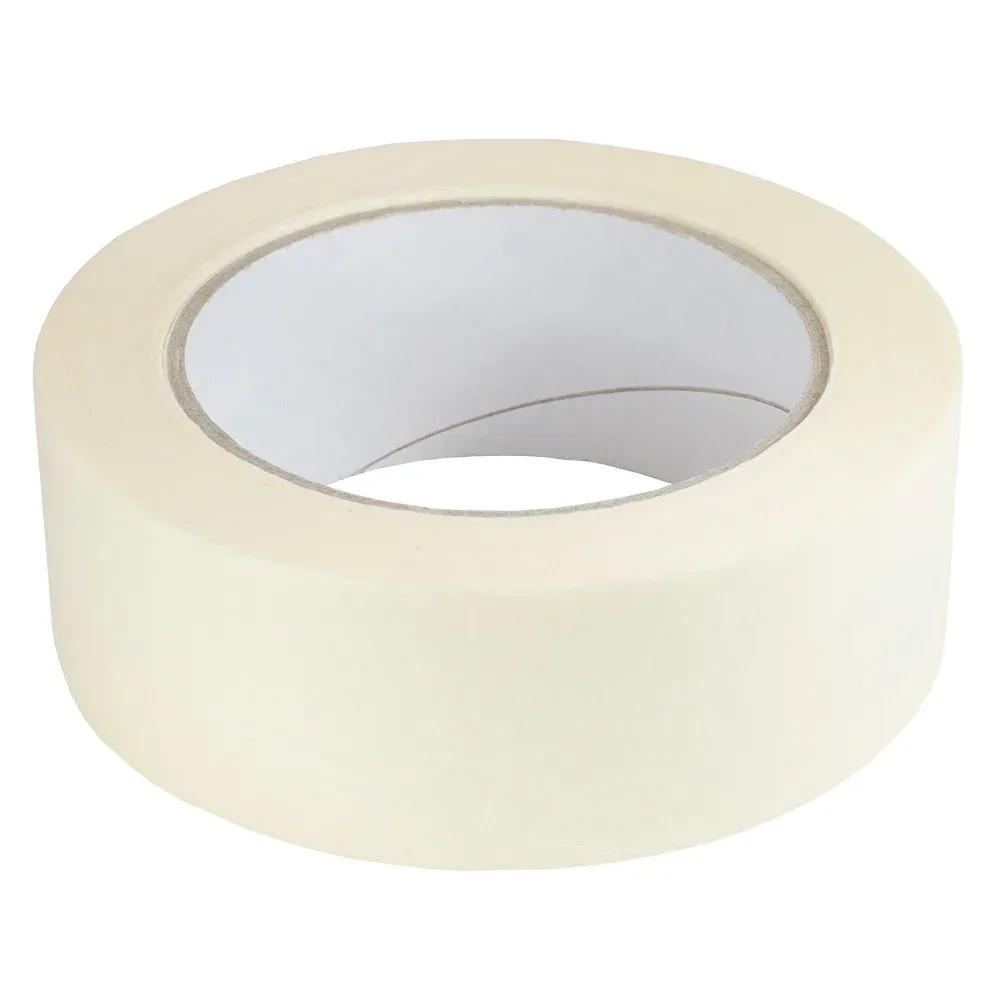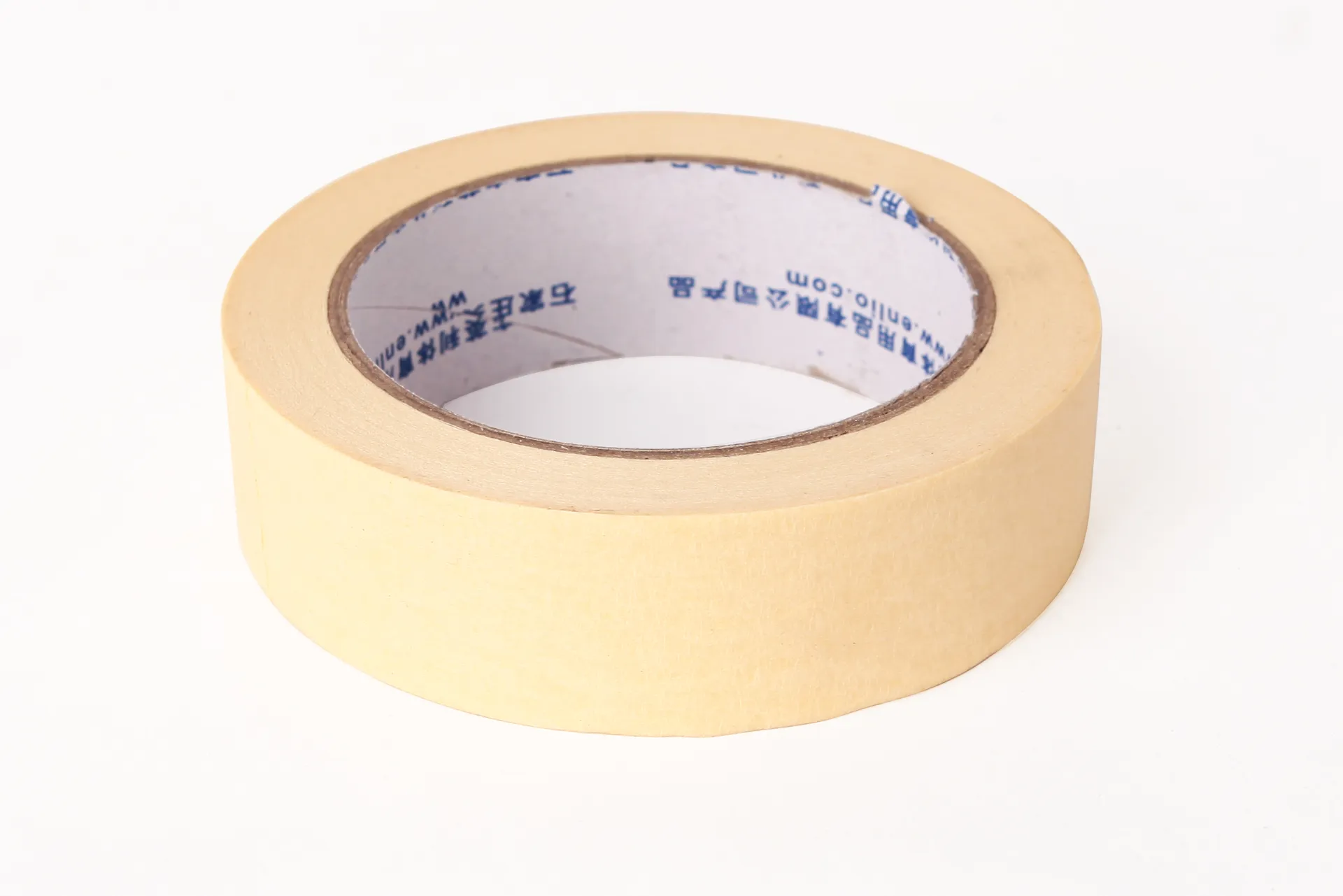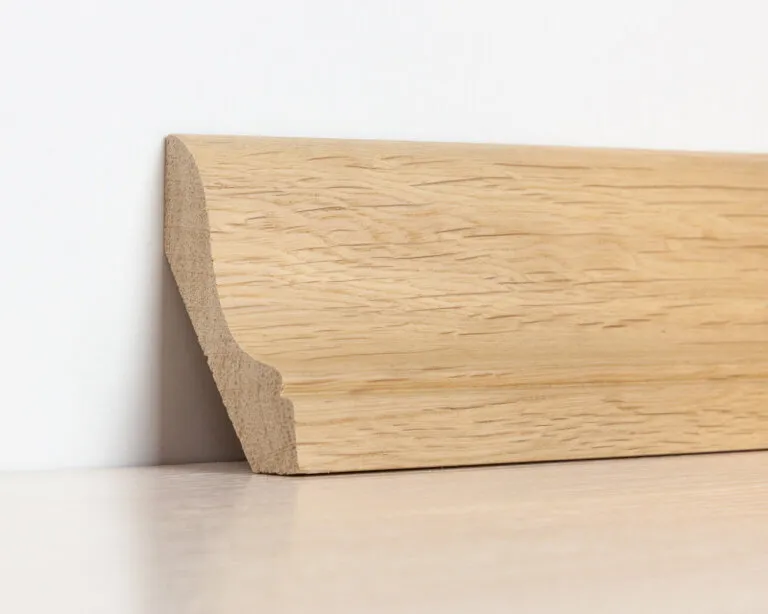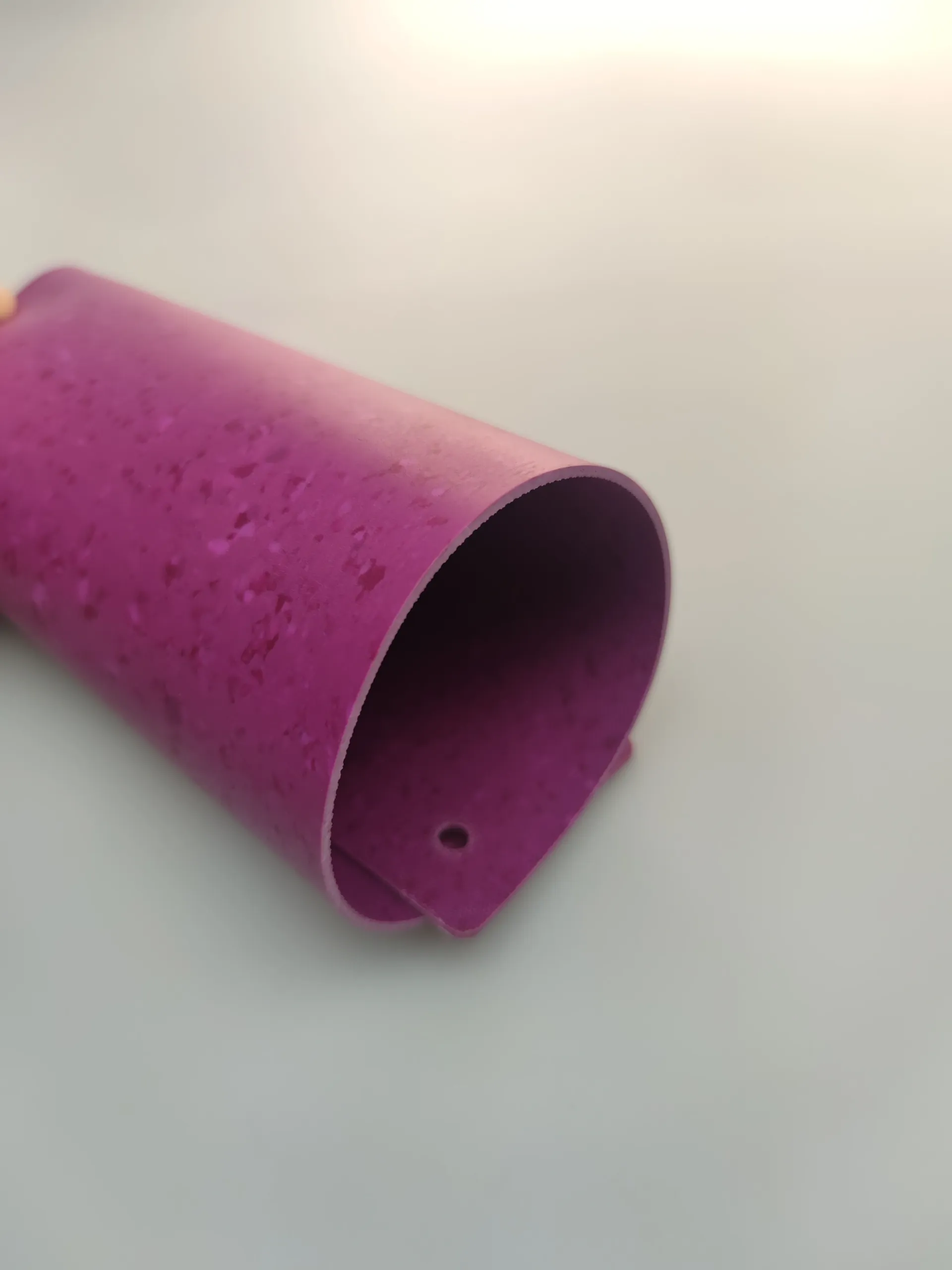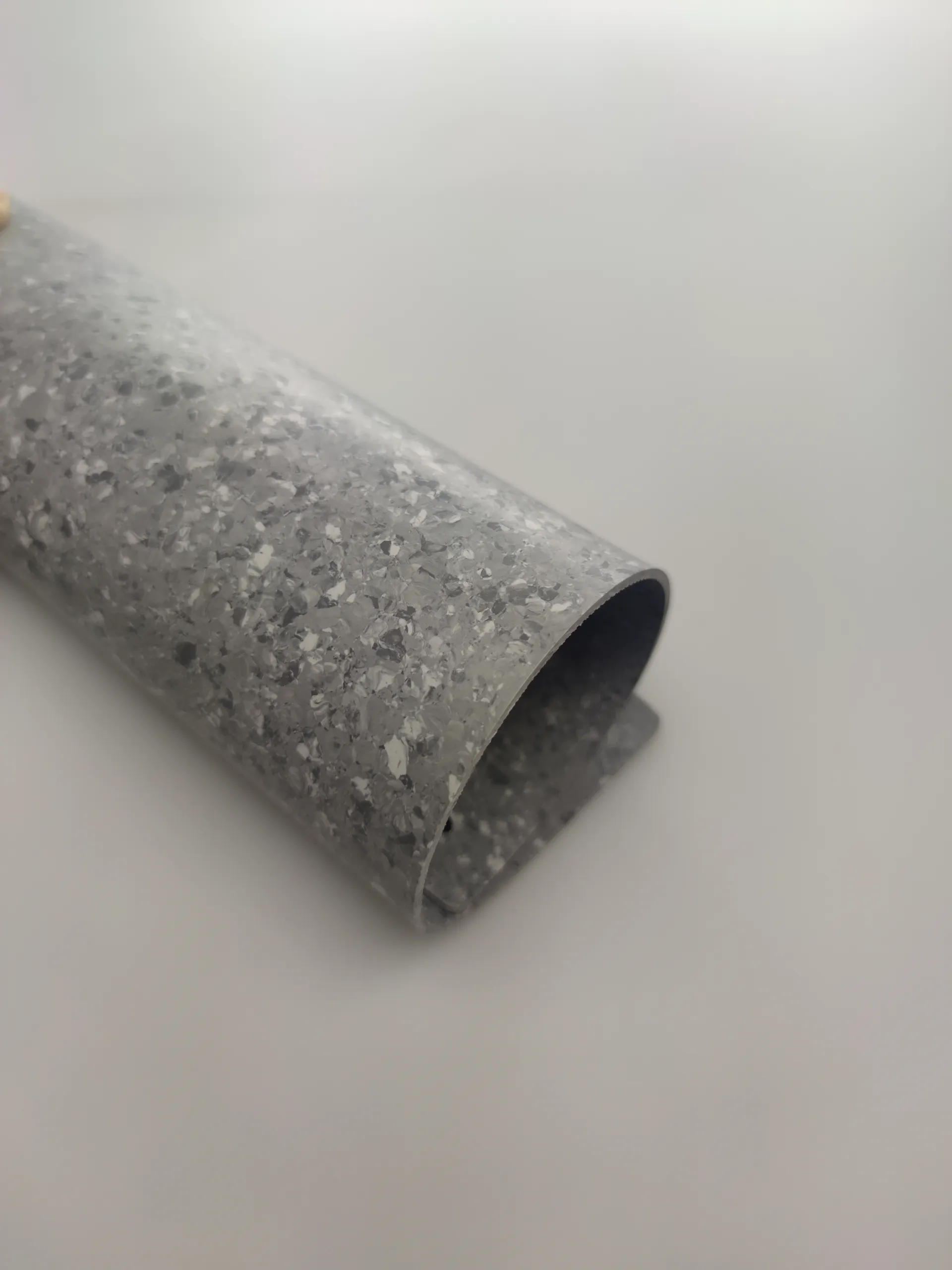In the preliminary stage of preparing the court, the masking tape can be used to outline all necessary marks, be it the boundary lines, the center circle, free throw lanes, or three-point arcs. Its bright colors provide clear visibility, enhancing the accuracy of both athletes and referees. The process of laying down masking tape is fairly straightforward but demands meticulous attention to detail. Measurements need to be precise, often involving chalk lines as preliminary guides to ensure straight edges and correct distances. Once applied, the tape serves as a reliable guide that can bear the rigorous use of the court during matches while withstanding the test of intense foot traffic, ball bounces, and sudden movements.
The versatility of masking tape extends beyond mere court delineation. During practice sessions, coaches may use it to signify specific training zones or devise strategic plays. This practice not only fosters a better understanding of positioning among players but also allows for swift modifications. Additionally, for events like recreational tournaments or community sports days where permanence is not desired, masking tape offers the best of both worlds: sturdy enough to withstand a full day of activities, yet removable without leaving behind sticky residues or unsightly marks, thus preserving the sanctity of the underlying floor.
From an economic standpoint, masking tape is cost-effective compared to other methods like painting or installing fixed boundary materials. It cuts down on preparation time and labor costs markedly, as it requires minimal tools and setup. Furthermore, it supports sustainability by reducing the need for chemicals and materials associated with painting, which can be both environmentally harmful and require periodic maintenance. Schools, community centers, and professional sports complexes alike benefit from the versatility and practicality that masking tape brings to the court.
In terms of innovation, some advanced masking tapes come with features like UV resistance and moisture protection, ensuring that the lines remain intact and visible even under diverse weather conditions in outdoor settings. Furthermore, the ease of customization—where logos, team names, and sponsorship details can be pre-printed on masking tape—provides an added layer of professional branding and aesthetics without the permanence and cost of specialized installations. As sports environments continue to evolve, the simplicity and adaptability of masking tape for drawing field lines remain unmatched, offering a tried-and-true method that accommodates the dynamic nature of sporting events and training sessions. With its manifold advantages, masking tape not only marks boundaries but also breaks down the limitations traditionally associated with sports court preparations, affirming its place as a modern-day essential in the sports industry's toolkit.
